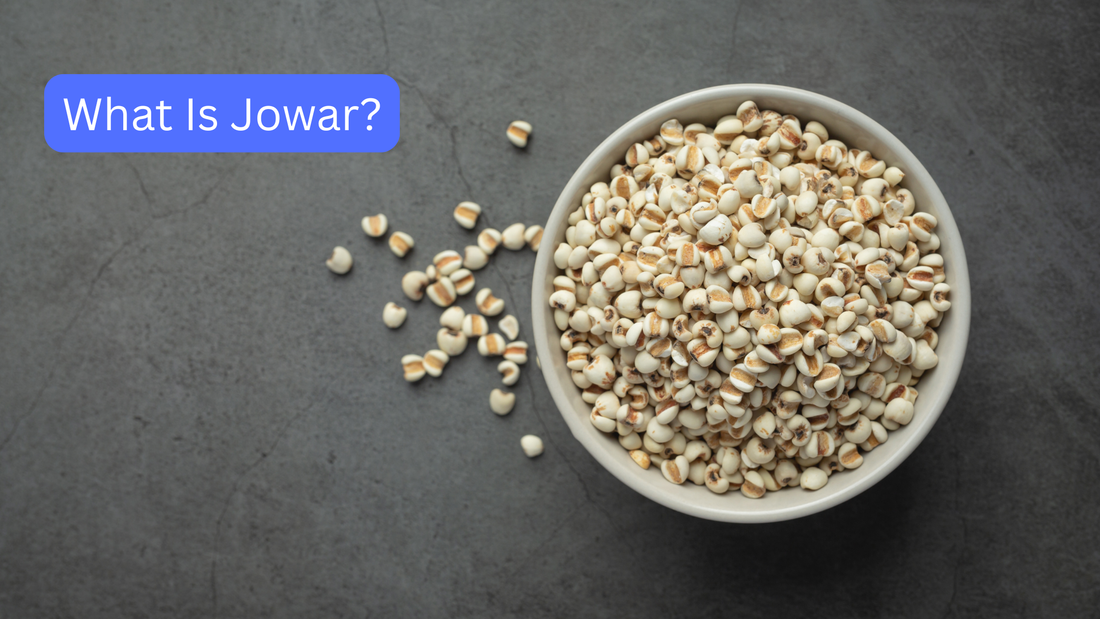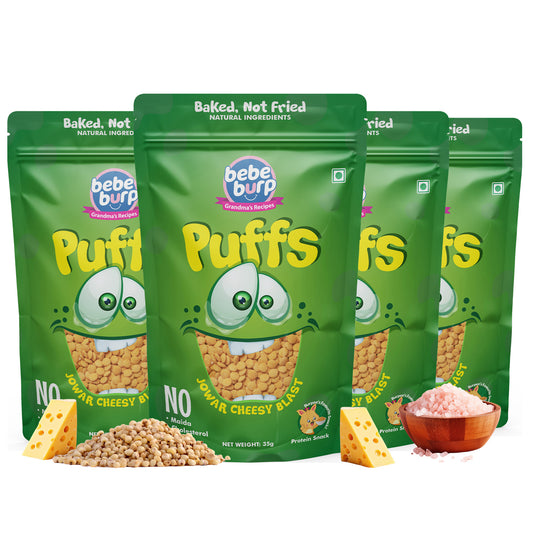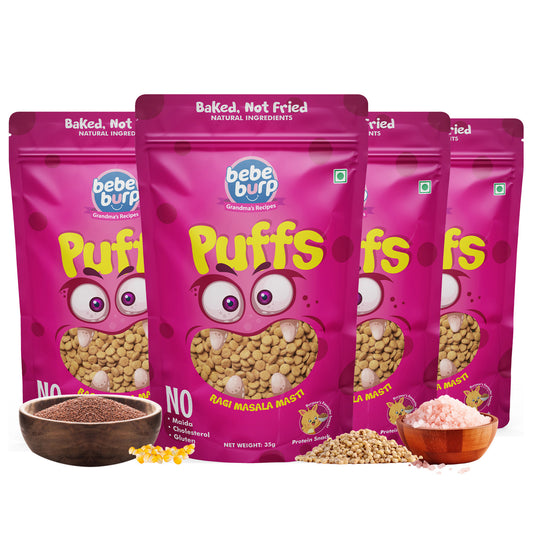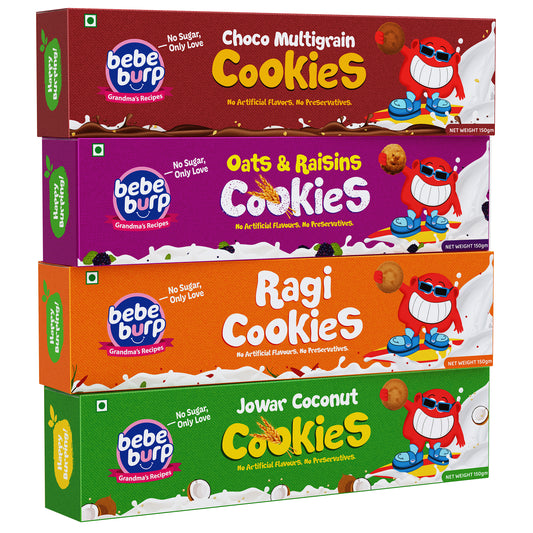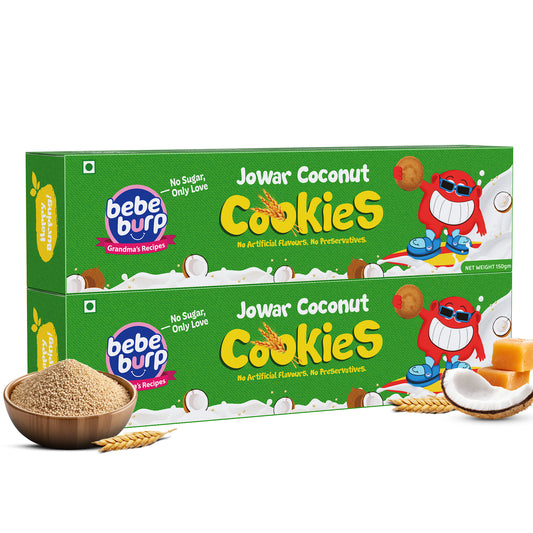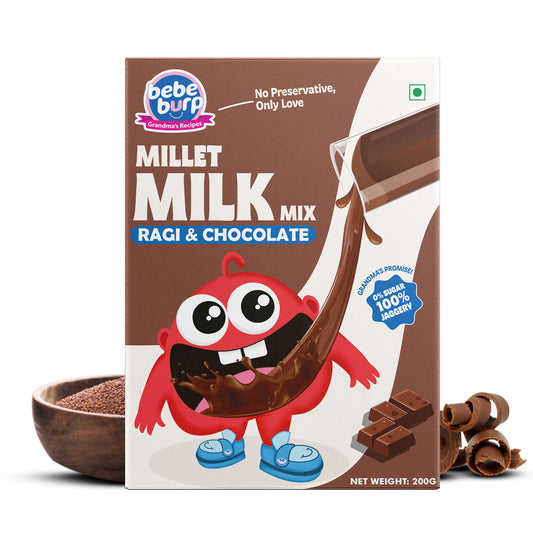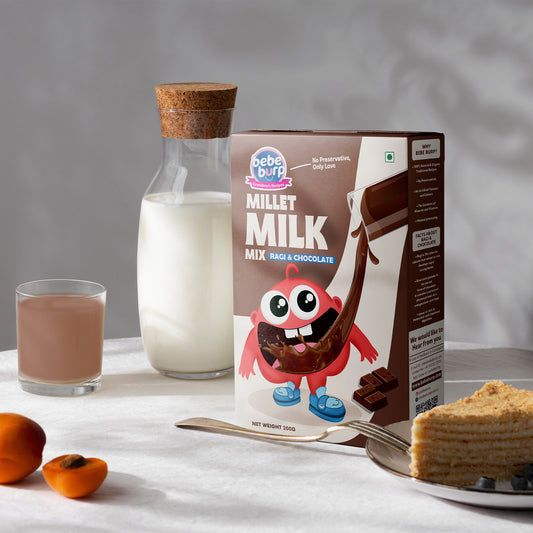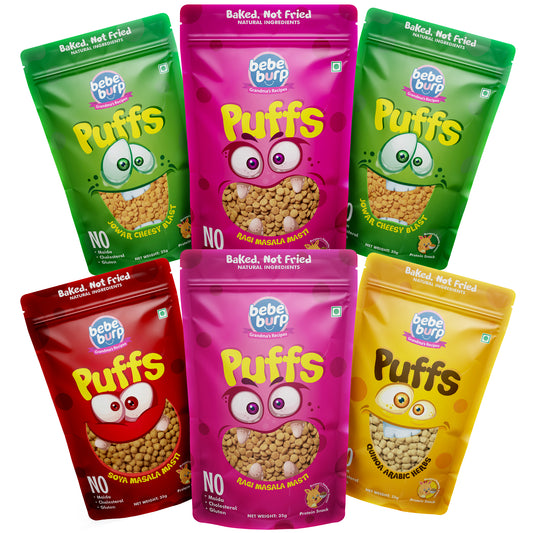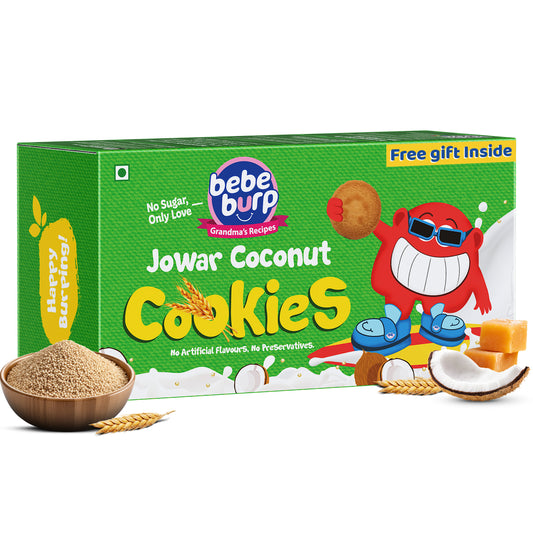Gluten-free ancient grain, Jowar (or sorghum in the rest of the world) has sustained civilizations since greater than 5,000 years past.
Previously jowar was a humble millet cultivated in semi arid areas, nowadays, it is being hailed as a super food rich in fibers, proteins and minerals.
In this complete 2025 guide, you’ll discover what jowar is, its origin, nutrition profile, Ayurvedic nature, and even 25 practical ways to use it every day.
What Exactly Is Jowar?
Jowar (Sorghum bicolor) is a grass grain of the family Poaceae. It is also grown extensively in India, Africa and some parts of Asia as both food and fodder.
|
Language |
Local Name |
|
Hindi |
Jowar |
|
Marathi |
Jwari |
|
Tamil |
Cholam |
|
Telugu |
Jonnalu |
|
Kannada |
Jola |
|
Gujarati |
Juwar |
|
Punjabi |
Jawar |
|
Bengali |
Jowar |
|
English |
Sorghum |
Jowar grains are round, small, and come in white, yellow, red, or brown varieties — each with its own subtle flavor and nutrition difference.
Jowar vs Sorghum – Are They the Same?
Yes — jowar and sorghum are the same grain.
In India, the local term “jowar” refers to edible varieties of Sorghum bicolor. Internationally, the term “sorghum” includes grain, forage, and sweet types used for food, syrup, and even biofuel.
Origin & Historical Timeline of Jowar
- ~3,000 BCE – Domesticated in the Sudan–Ethiopia region of Africa.
- ~1,500 BCE – Traded to India via ancient trade routes.
- 19th Century – Spread to the Americas and Europe as animal feed.
- 1960–1990 – Green Revolution shifted focus to rice/wheat.
- 2000–2025 – Millet revival leads to jowar’s comeback as a healthy gluten-free grain.
India today is a leading manufacturer of jowar and significant production can be found in Maharashtra, Karnataka, Telangana and Madhya Pradesh.
Botanical Description & Species
Jowar (Sorghum bicolor L. Moench) is an annual C4 grass that grows 2–4 meters tall.
It produces compact seed heads (panicles) filled with small, round grains.
Key Botanical Facts:
- Family: Poaceae (grass family)
- Chromosome number: 2n = 20
- Photosynthesis: C4 type (efficient in hot, dry climates)
- Growth Duration: 100–120 days
Types of Jowar You’ll Meet in Stores
|
Type |
Colour |
Texture |
Key Benefit |
|
Yellow Jowar |
Pale yellow |
Firm, nutty |
Most common, great for rotis |
|
White Jowar |
Off-white |
Softer |
Premium quality, lighter taste |
|
Red/Brown Jowar |
Reddish-brown |
Dense |
High in antioxidants (anthocyanins) |
|
Sweet Sorghum |
Green stalk |
Juicy |
Used for natural syrup or biofuel |
Flour (atta) White jowar is commonly used because it has a sensitive taste and is soft.
Jowar Nutrition Facts Per 100 g
(Source: USDA & National Institute of Nutrition – India)
|
Nutrient |
Amount |
|
Energy |
329 kcal |
|
Carbohydrates |
72 g |
|
Protein |
10.4 g |
|
Fat |
3.1 g |
|
Fibre |
6.7 g |
|
Iron |
4.1 mg |
|
Magnesium |
160 mg |
|
Phosphorus |
220 mg |
|
Zinc |
1.6 mg |
|
Vitamin B1 (Thiamine) |
0.35 mg |
|
Antioxidants |
Present (polyphenols, anthocyanins) |
- Glycaemic Index (GI): 62 ± 5 (medium)
- Gluten Content: < 5 ppm (certified gluten-free)
Check out the delicious jowar snacks from Bebe Burp — like the Jowar “Jowar Coconut Cookies” and Jowar “Cheesy Blast Puffs” — perfect for lunchboxes or quick on-the-go bites.
Explore their full jowar-range now at Bebe Burp and give your family the gluten-free, fibre-rich goodness of jowar!
Ayurvedic Properties of Jowar
According to Bhavaprakasha Nighantu, jowar is considered:
|
Property |
Sanskrit Term |
Description |
|
Taste (Rasa) |
Madhura (Sweet) |
Nourishing, grounding, and promotes strength and stability. It helps in building tissues and provides energy. |
|
Potency (Virya) |
Shita (Cooling) |
Has a cooling effect on the body; helps in reducing internal heat and inflammation. |
|
Post-digestive Taste (Vipaka) |
Madhura |
After digestion, it continues to nourish the body and support healthy tissue growth. |
|
Effect on Doshas |
Dosha Karma |
Balances Pitta and Kapha, but may slightly aggravate Vata if consumed in a dry form. |
Ayurvedic Pro Tip:
Eat jowar in warm foods using ghee or oil in winter and as light rotis or porridge in summer.
Is Jowar a Millet or a Cereal?
Technically, jowar is a cereal grain, but FSSAI and other health organizations include it in the “millet family” due to its size, nutrition, and usage.
So yes, jowar = millet in common terms, but botanically it’s a cereal grain.
Does Jowar Contain Gluten?
Jowar contains naturally low gluten (below 5 ppm of gluten).
It is a safer choice among individuals having the celiac disease or gluten sensitivity.
Warming: Never eat gluten-free on cross-contaminated boards.
How Jowar Is Grown – 60-Second Agronomy
- Climate: Semi-arid, tropical
- Rainfall need: 400–750 mm
- Soil: Well-drained, loamy or black cotton
- Duration: 100–120 days
- Top producers: Maharashtra, Karnataka, Rajasthan, Telangana, Madhya Pradesh
Eco Fact:
The carbon footprint of Jowar is 60% lower than rice - it is one of the most climate-resistant grains to grow.
Processing Forms You Can Buy
- Whole Grain – cook like rice or add to salads
- Pearled Jowar – polished for faster cooking
- Flour (Jowar Atta) – fine or coarse, for rotis, pancakes
- Flakes – used in breakfast cereals
- Puffed Jowar – light snack or granola ingredient
- Sweet Sorghum Syrup – natural molasses alternative
Taste, Texture & Cooking Behaviour
- Taste: Neutral and light nutty smell.
- Taste: Hard when cooked, tender when made into flour.
- Cooking Tips:
- Whole jowar → 2:1 water ratio
- Soak overnight for faster cooking
- Flour absorbs more water than wheat
25 Everyday Uses of Jowar
Food Uses
- Jowar roti (bhakri)
- Dosa and idli batter mix
- Upma
- Porridge for toddlers
- Khichdi or millet pulao
- Salad topper (boiled jowar grains)
- Jowar granola
- Halwa / payasam
- Pancake or waffle base
- Pizza crust
- Millet cookies
- Energy bars
- Multigrain atta mix
- Craft beer
- Gluten-free bakery goods
Non-Food Uses
- Animal fodder
- Biofuel (ethanol production)
- Compostable packaging
- Paper pulp
- Brooms
- Jowar syrup for natural sweetener
- Industrial starch
- Gluten-free malt base
- Bird feed
- Compost enhancer
Who Should Avoid or Limit Jowar
- People with grain allergies
- Those with acute IBS (due to insoluble fibre)
- Individuals with thyroid issues – phytates may interfere with iodine absorption
- Diabetics – consume in moderation; GI ~62
FAQs About “What Is Jowar”
Q) Is jowar better than wheat?
Ans: Yes. Jowar is gluten-free, higher in fibre, and gentler on digestion.
Q) Is the body hot or cold with jowar?
Ans: Ayurvedically cooling (shita virya).
Q) Can babies eat jowar?
Ans: Yes, after 8–9 months as porridge or pancake (consult your paediatrician).
Q) Is jowar keto-friendly?
Ans: No, it is a medium carb grain; not keto friendly.
Q) Does jowar cause bloating?
Ans: Only if consumed in excess without soaking or cooking properly.
Q) Is jowar good for weight loss?
Ans: Yes. Its fibre aid in reducing hunger and normalising blood sugar.
Q) How to sprout jowar?
Ans: Soak 12 hours, drain, cover with damp cloth 24 hours, rinse daily.
Q) Is jowar allowed in Navratri fast?
Ans: Yes, in some regions it replaces rajgira or kuttu atta.
Q) Can dogs eat jowar?
Ans: In small, cooked quantities only — as part of homemade meals.
How to Identify & Buy Quality Jowar
- Visual Check: Uniform size, no mould, pale colour.
- Lab Indicators: Moisture < 12%, Aflatoxin < 4 ppb.
- Certifications: FSSAI-approved, organic if possible.
- Where to Buy:
- Local organic stores
- Verified online brands like Bebe Burp.
Storage & Shelf Life
|
Form |
Shelf Life |
Storage Tips |
|
Whole grain |
12 months |
Airtight, cool place with oxygen absorber |
|
Flour |
3 months ambient, 6 months refrigerated |
Store in mylar bag or glass jar |
|
Puffed/Flaked |
4 months |
Airtight jar away from humidity |
Key Takeaways
- Jowar (Sorghum) is a gluten-free, fibre-rich grain ideal for modern healthy diets.
- Excellent source of protein, iron, and magnesium.
- Cooling and Pitta-balancing in Ayurveda.
- Useful in weight management, diabetes, and heart health.
- Low-water consumption and high-nutrition sustainable crop.
Pro Tip:

